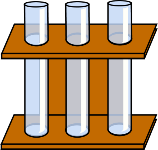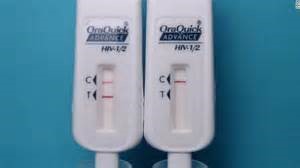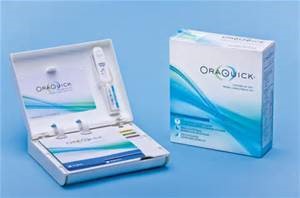Screen Testing
The only way to know if someone is infected with HIV is to be tested. A person cannot rely only on symptoms to know whether they have HIV. Many people who are infected with HIV do not have any symptoms at all for 10 years or more. Some people who are infected with HIV report having flu-like symptoms (often described as "the worst flu ever") 2 to 4 weeks after exposure. Symptoms can include:
• Fever
• Enlarged lymph nodes
• Sore throat
• Rash
These symptoms can last anywhere from a few days to several weeks. During this time, HIV infection may not show up on an HIV test, but people who have it are highly infectious and can spread the infection to others.
However, one should not assume they have HIV if they have any of these symptoms. Each of these symptoms can be caused by other illnesses. Again, the only way to determine whether one is infected is to be tested for HIV infection.
Resources on where to find a testing site:
• Visit National HIV and STD Testing Resources and enter your ZIP code.
• Text your ZIP code to KNOWIT (566948), and you will receive a text back with a testing site near you.
• Call 800-CDC-INFO (800-232-4636) to ask for free testing sites in your area.
These resources are confidential. A health care provider can also administer an HIV test.
Types of Tests 
ELISA stands for enzyme-linked immuno assay. It is a commonly used laboratory test to detect HIV antibodies in the blood. A blood sample is drawn, sent to a lab and the results are available within several days to several weeks.
A negative screening test means a person is not infected with HIV, and does not require further testing. If a person has risky behaviors they could be in the window period and a repeat test is suggested in six months.
A positive screening test means the person needs further testing. A Western Blot, or immunofluorescence assay (IFA), is performed to confirm the diagnosis of HIV.
A rapid test licensed by the Food and Drug Administration (FDA), known as the Single Use Diagnostic System for HIV-1 (SUDS) can give HIV-1 test results in 5 to 30 minutes. Another rapid test is Ora Quick Rapid HIV Test.
In March 2004, the Ora Quick Rapid HIV Test was approved, by the FDA, for use on Oral Fluid. A reactive HIV test result from either of these tests needs to be confirmed by an additional, more specific test. The patient having a rapid test can be advised immediately of their screening test results, and counseled on HIV prevention and transmission. A negative rapid test result is always negative, unless the patient has been tested before the antibodies have formed (window period).
Two types of home testing kits are available in most drugstores or pharmacies: one involves pricking a finger for a blood sample, sending the sample to a laboratory, then phoning in for results. The other involves getting a swab of fluid from your mouth, using the kit to test it, and reading the results in 20 minutes. Confidential counseling and referrals for treatment are available with both kinds of home tests.


Test Counseling
The person being tested should be informed of the process prior to being tested and it is highly recommended that positive results be given face to face. HIV test subjects should have a counseling session which includes the following topics:
- The meaning of the test results and the possible need for retesting.
- The potential medical, social, and economic effects of a positive test result.
- Availability of healthcare, mental health, social and support services.
- Other appropriate referrals (e.g., STD, psychosocial, primary care).
- Information on reducing the risk of transmission and options for eliminating risks.
- Information on the increased risk for TB and the appropriate place to go for TB testing and treatment.
 Video - Mock Rapid HIV testing and Counseling
Video - Mock Rapid HIV testing and Counseling
